Life Without Cars: 2009 Edition
December 13 ,2009
Life used to be without cars. Over 5000 years of civilization, we’ve had cars for only the last 100 years. Cities built before 1900 were (mostly) not designed for cars. They were designed for people, or what we now call “pedestrians.”
December 21, 2008: Life Without Cars
Was this so horrible? Not really. People living in Vienna in 1785 — when Mozart was in his prime — weren’t twiddling their thumbs thinking “only 140 more years before we get cars!” They got on with their lives. Quite brilliantly, too.

“Our research shows that we have only 140 years before the face of the Earth is overrun with machinery.”
“Are you saying our great civilization will come to an end?”
“We hold out hope that it will recover at some point in the future.”
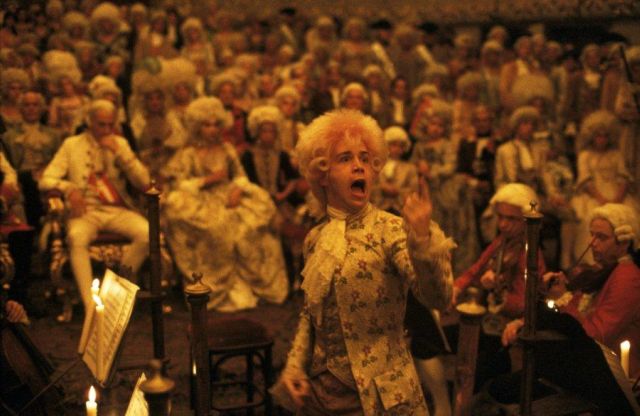
“Enjoy it now! Not much time left!”
When people think of “life without cars” today, they naturally think of trying to get around today’s Suburban Hell on foot or bicycle. Of course this is horrible. Instead, we should be thinking of something like Vienna of 1785, but with electric lights and good plumbing and cellphones that take pictures.
We’ve seen many, many examples now of how to build carfree Traditional Cities. Mostly it is a matter of Really Narrow Streets (designed for pedestrians, aka people), and buildings side-by-side. But these are architectural considerations. Rather, today I want to give an overall impression of the character of carfree living in a Traditional City. Instead of giving the recipe, and the nuts-and-bolts method of actualizing this process, we will give a more artistic impression of the desired outcome.
If you look at images of past civilizations, one thing you notice is the total over-the-top aesthetic creativity in all periods and all places. In our age of machine-worship, we’ve crammed aesthetics (I need a better word) into a tiny corner. Of course it can never go away. But, today, it is mostly a hobby of a small subset of wealthy women, and appears only in a very small number of personal residences. This is, I would say, less than 10% of our interior spaces today. As for exterior spaces, it is under 1%. In the past, everything was an artistic expression. This was true of middle class people, and also of the poor. Although they were poor, they nevertheless aspired to the customs of the period, and the customs of the period (all periods!) were some sort of aesthetic ambition.
Men today, especially in the United States, have almost completely abandoned all aesthetic effort. The ideal today — in Heroic Materialist style — is a sort of exaggerated functionality. This is the aesthetic of the factory and civil engineering. Playthings for men almost always focus on their engineering qualities. Who needs a 650 horsepower turbocharged automobile? Nobody. It gets to Point B no faster than a Honda Accord. A Rolex is marketed as if it was required equipment for that overland trek to the North Pole, but actually a $19 plastic digital watch would work better in that function. Men of stature today wear the crappiest clothes of any period in history.
Today, everybody dresses like poor people!
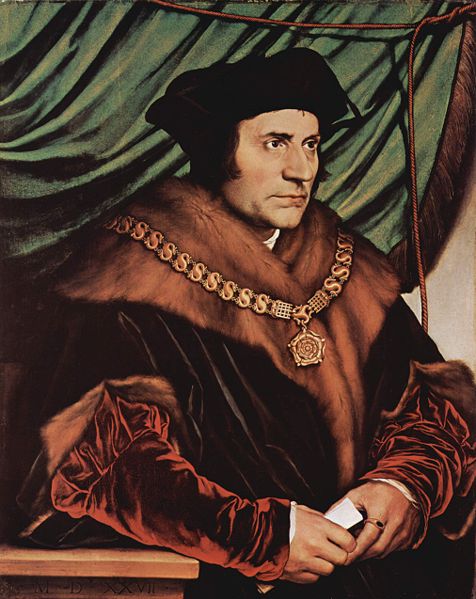
Thomas More, advisor to king Henry VIII. Portrait by Hans Holbein the Younger, 1527
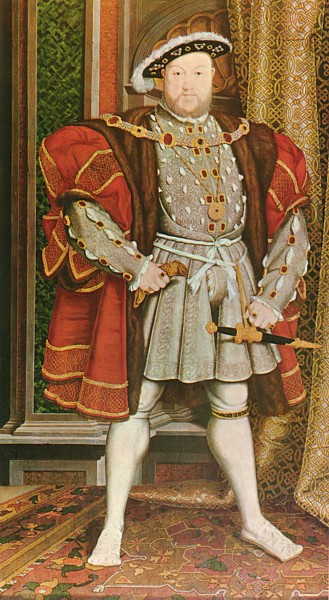
Henry the Eighth, King of England. Portrait by Hans Holbein the Younger.

George the Second, Emperor of America, 2006

“You white men dress like shit.”

“Why do you keep sending us your used clothes? We do not want to wear your crappy clothes.”
(Rural village in Ghana.)

One of the world’s wealthiest men, 2005
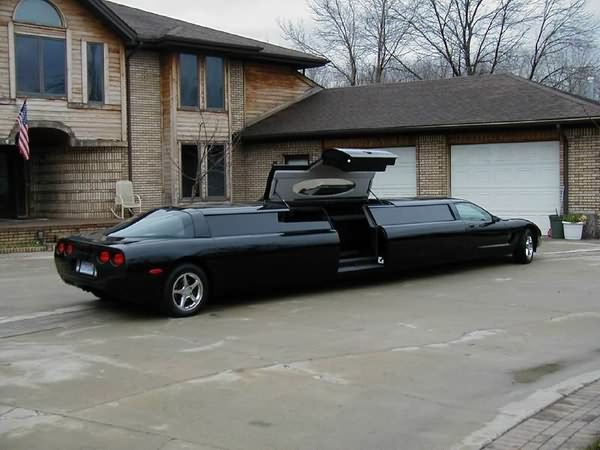
One of Bill Gates’ cars.
OK, maybe that is enough philosophising. Let’s look at more pictures of Life Without Cars.
I particularly like the paintings of James Tissot depicting life around Paris in the 1870s and 1880s.
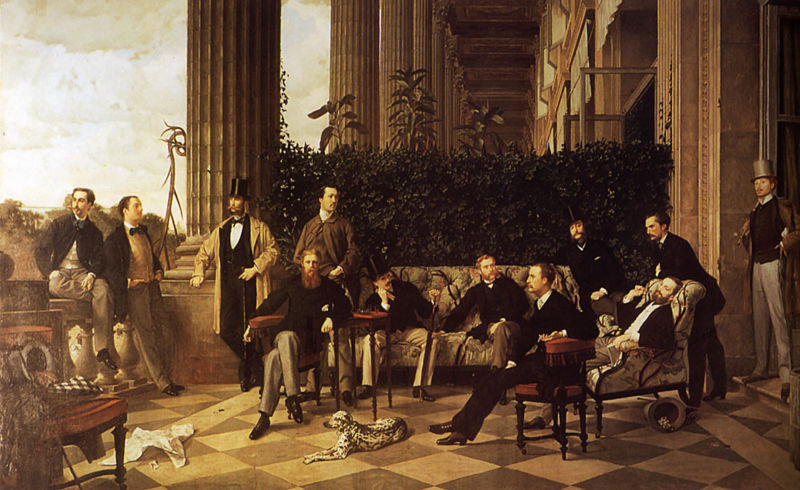
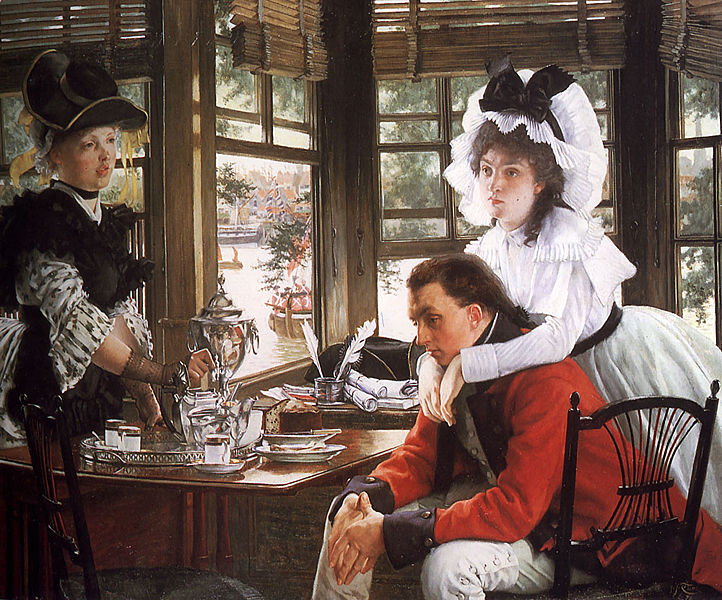
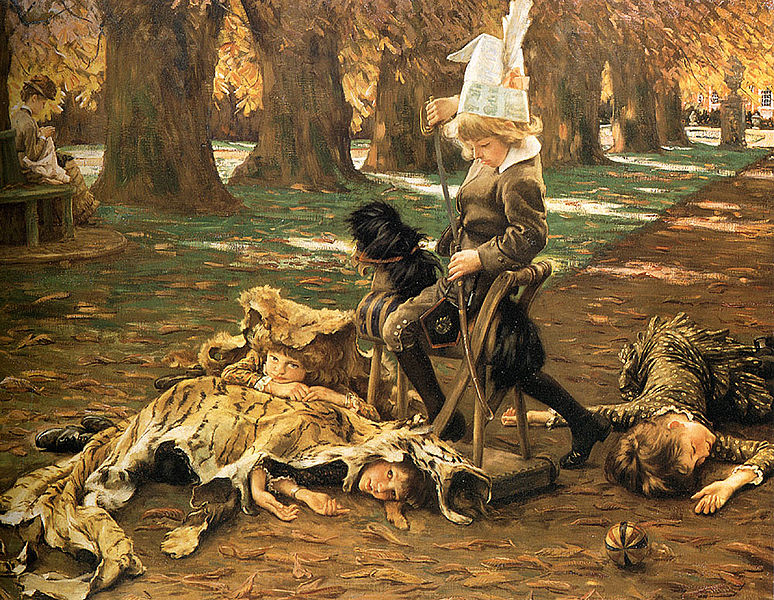
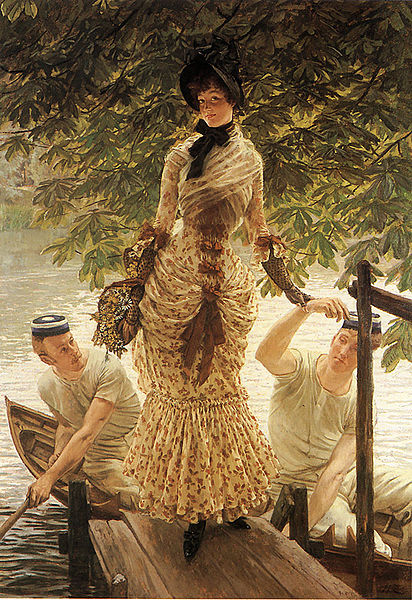

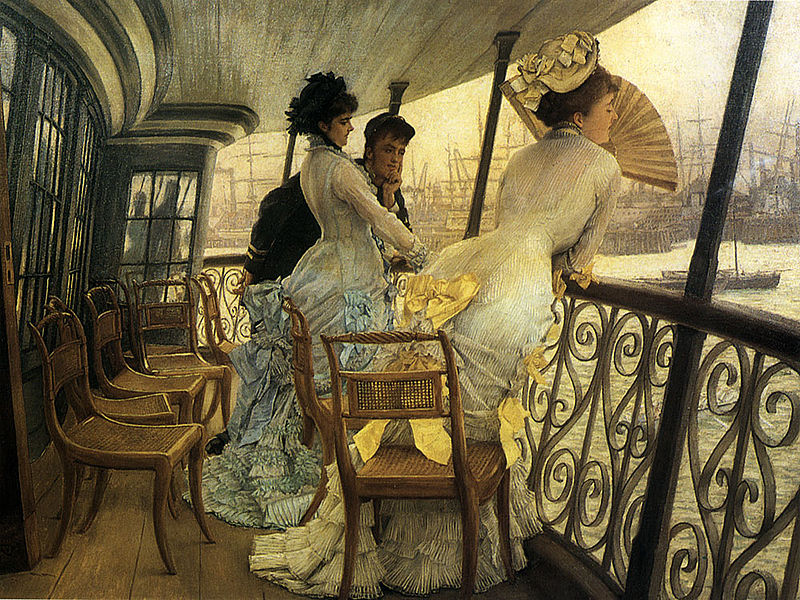

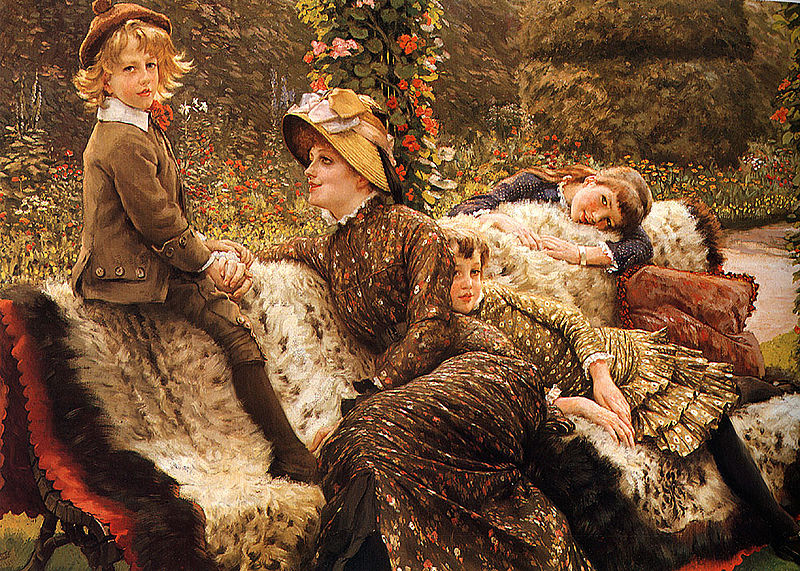
That last one sure has a Ralph Lauren look doesn’t it? The difference is, in those days it was real, but today it is mostly a marketing fantasy.
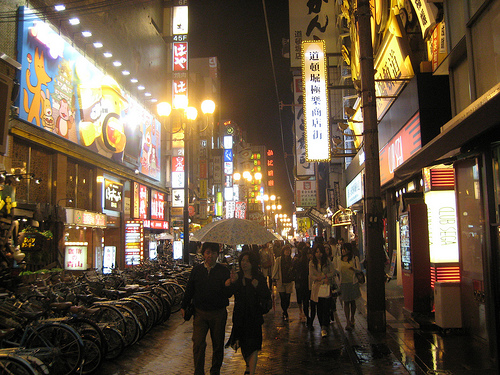
Osaka.
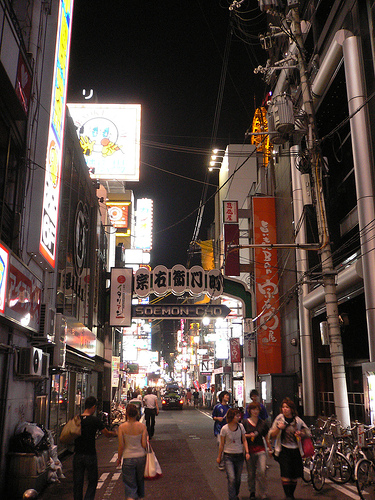
Osaka.
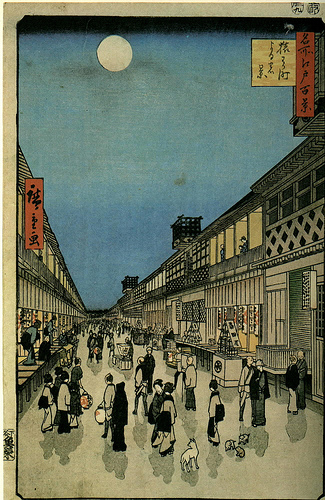
Edo (Tokyo).

Ooooh, sexy!
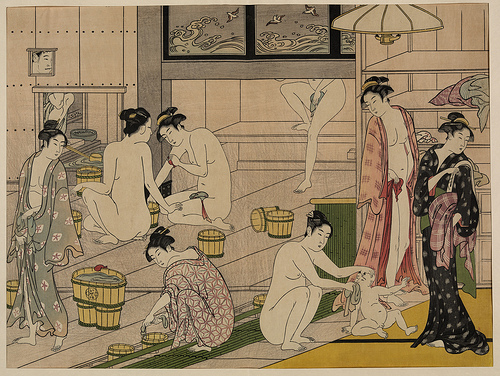 .
.
Bathing women.
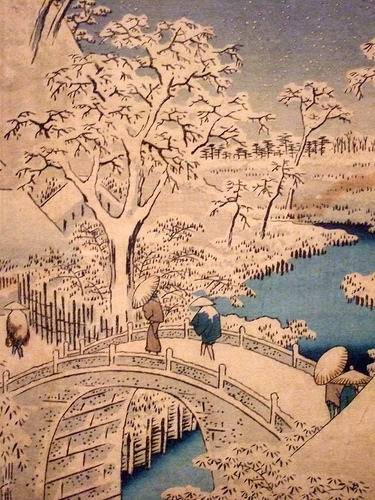
Edo (Tokyo), 1857
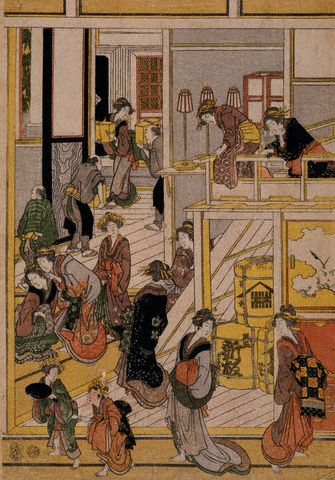
circa 1810.

circa 1755.
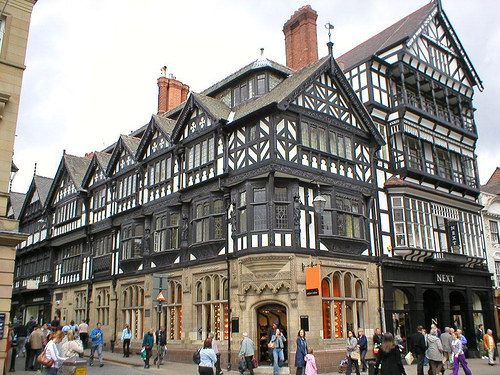
Elizabethan (16th century England) architecture.
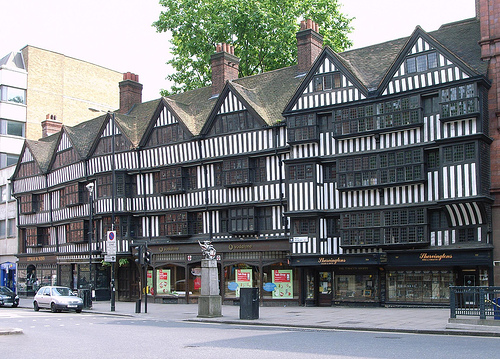
16th century apartment building.

Elizabethan gentleman.
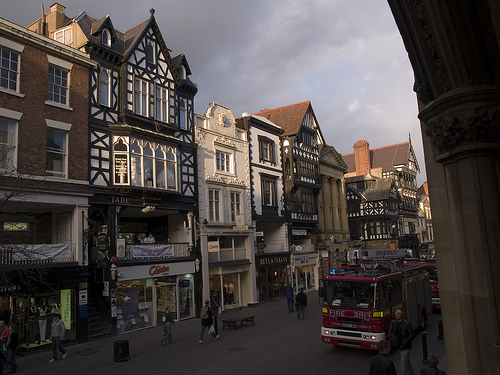
Chester, England.
(Note access by emergency vehicles.)
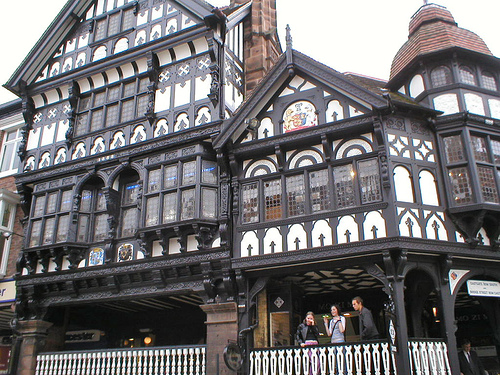
Elizabethan building.
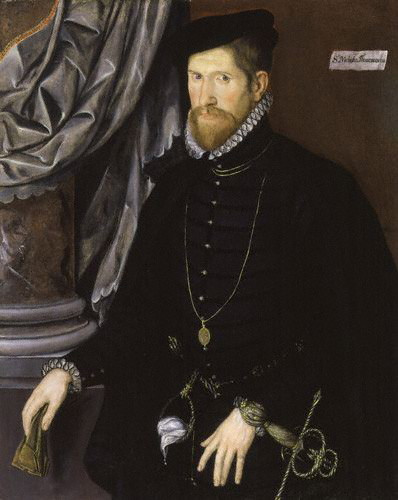
Elizabethan gentleman.
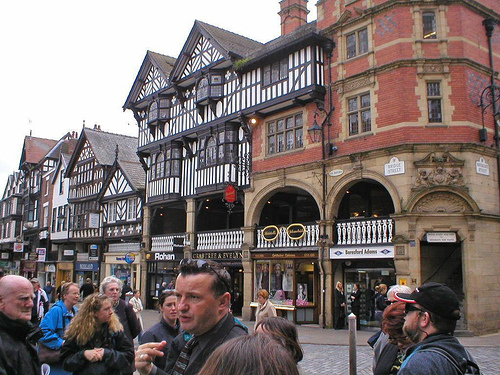
More Elizabethan architecture.
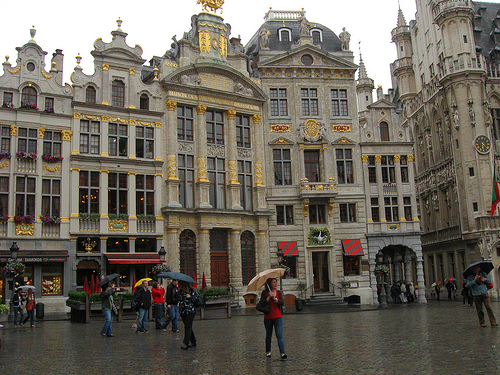
Brussels, Belgium.
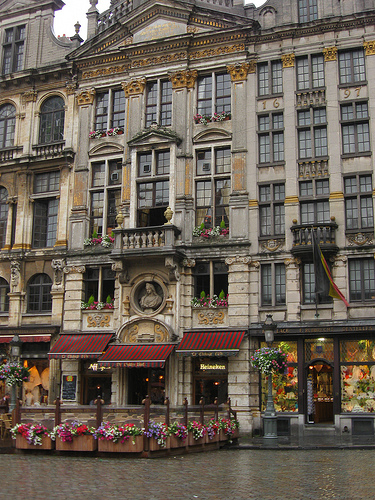
Brussles.
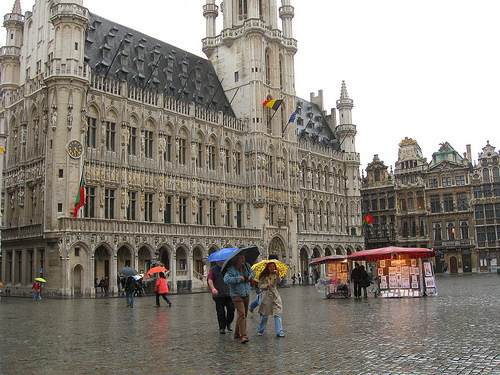
Brussels.
Well, I hope that gave you some ideas of alternatives to wandering around in Suburban Hell for your whole life:
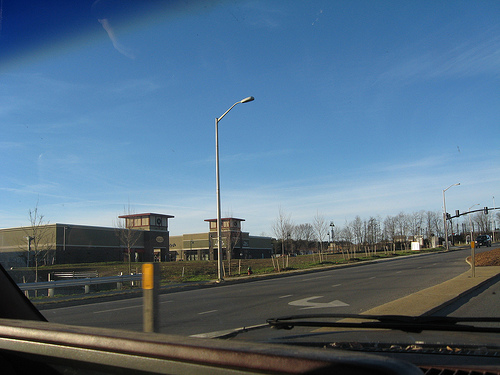
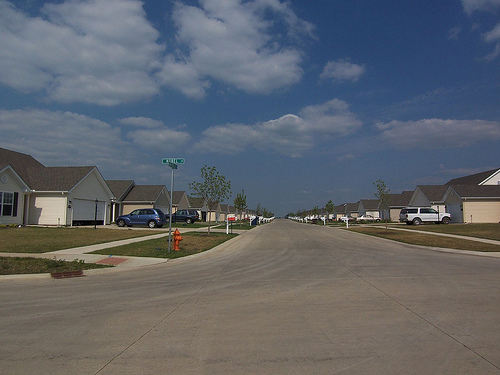
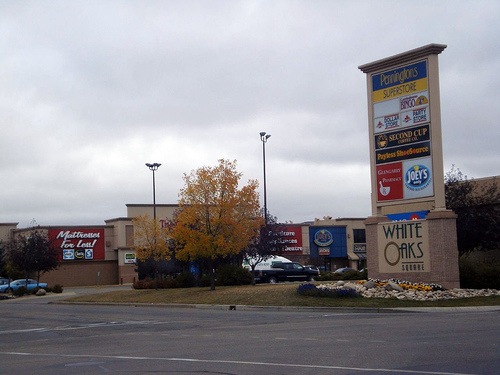
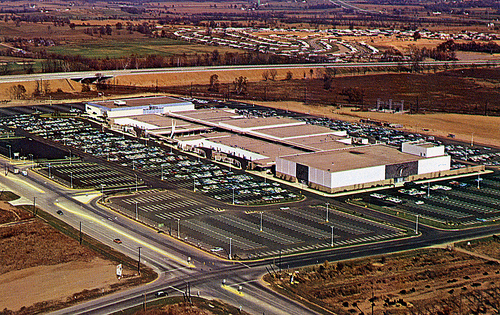
This is a shopping center dating from the 1960s.
Below is a shopping district in Amsterdam:

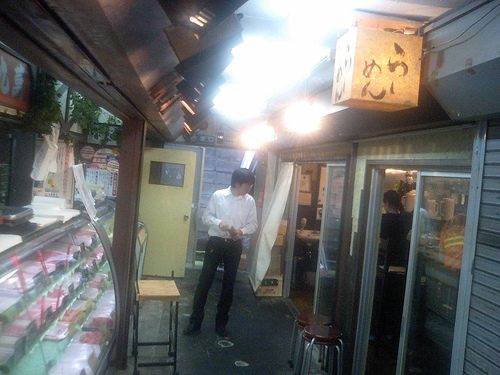
On the right is a well-known ramen (noodle) restaurant, Yoyogi district of Tokyo. On the left is a meat store.
This is the ultimate Really Narrow Street — when it becomes so narrow that it is more like a passageway.
The bright area at the top of the photo is not a light fixture, it is the sky.
Life Without Cars is not so bad, right? I think that if you look at enough of these photos, you will eventually conclude that life WITH cars is completely intolerable, and also completely unnecessary.
Other comments in this series:
November 22, 2009: What Comes After Heroic Materialism?
November 15, 2009: Let’s Kick Around Carfree.com
November 8, 2009: The Future Stinks
October 18, 2009: Let’s Take Another Trip to Venice
October 10, 2009: Place and Non-Place
September 28, 2009: Let’s Take a Trip to Barcelona
September 20, 2009: The Problem of Scarcity 2: It’s All In Your Head
September 13, 2009: The Problem of Scarcity
July 26, 2009: Let’s Take a Trip to an American Village 3: How the Suburbs Came to Be
July 19, 2009: Let’s Take a Trip to an American Village 2: Downtown
July 12, 2009: Let’s Take a Trip to an American Village
May 3, 2009: A Bazillion Windmills
April 19, 2009: Let’s Kick Around the “Sustainability” Types
March 3, 2009: Let’s Visit Some More Villages
February 15, 2009: Let’s Take a Trip to the French Village
February 1, 2009: Let’s Take a Trip to the English Village
January 25, 2009: How to Buy Gold on the Comex (scroll down)
January 4, 2009: Currency Management for Little Countries (scroll down)
December 28, 2008: Currencies are Causes, not Effects (scroll down)
December 21, 2008: Life Without Cars
August 10, 2008: Visions of Future Cities
July 20, 2008: The Traditional City vs. the “Radiant City”
December 2, 2007: Let’s Take a Trip to Tokyo
October 7, 2007: Let’s Take a Trip to Venice
June 17, 2007: Recipe for Florence
July 9, 2007: No Growth Economics
March 26, 2006: The Eco-Metropolis

